
How to Use COB panel: Examples, Pinouts, and Specs
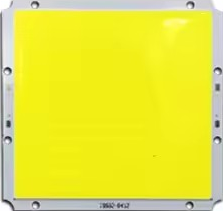
 Design with COB panel in Cirkit Designer
Design with COB panel in Cirkit DesignerIntroduction
A Chip-on-Board (COB) panel is a cutting-edge LED lighting technology where multiple LED chips are mounted directly onto a substrate. This design allows for a compact form factor, efficient heat dissipation, and high luminous efficiency. COB panels are known for their ability to provide uniform light output and high brightness, making them ideal for a wide range of applications.
Explore Projects Built with COB panel
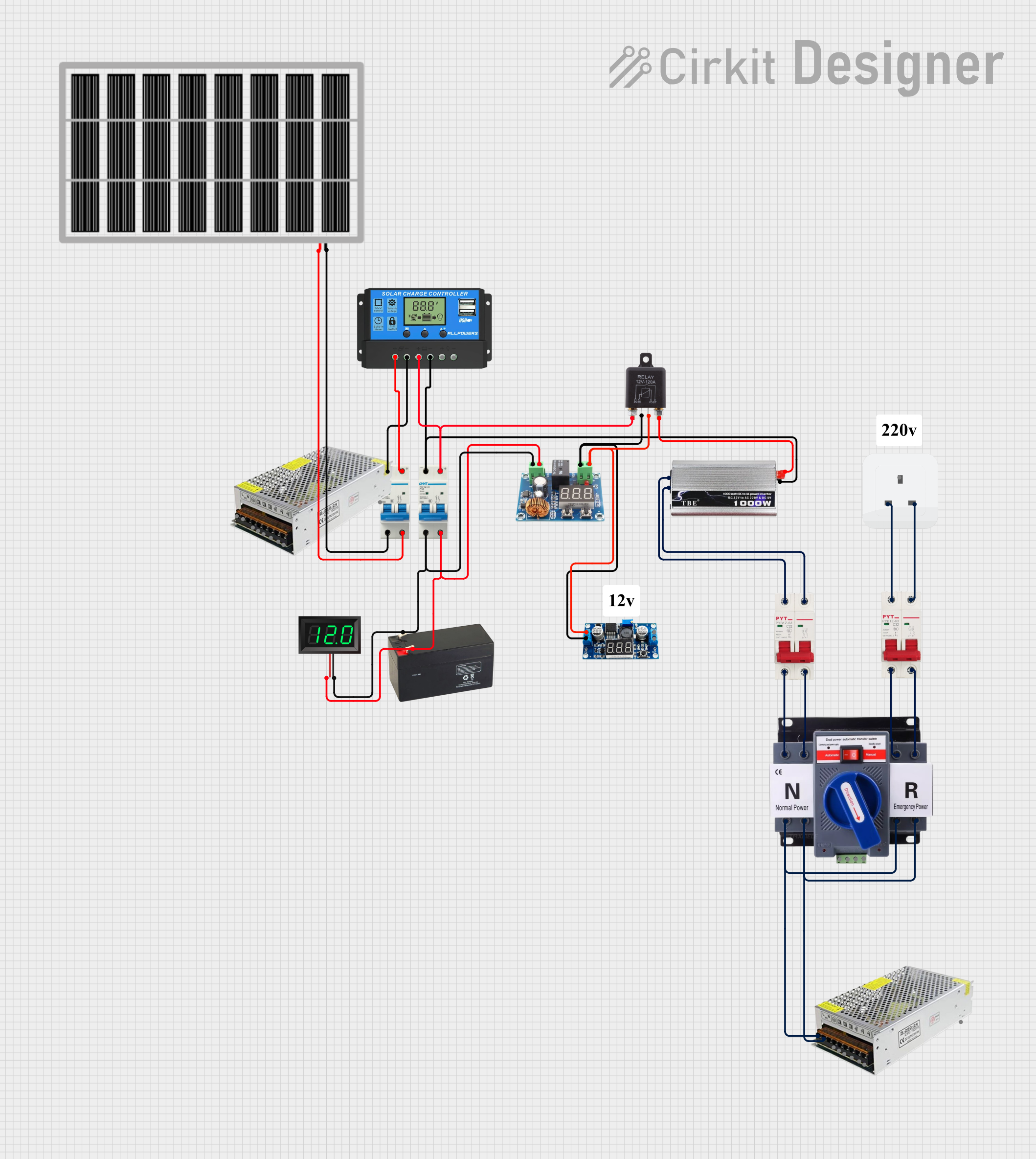
 Open Project in Cirkit Designer
Open Project in Cirkit Designer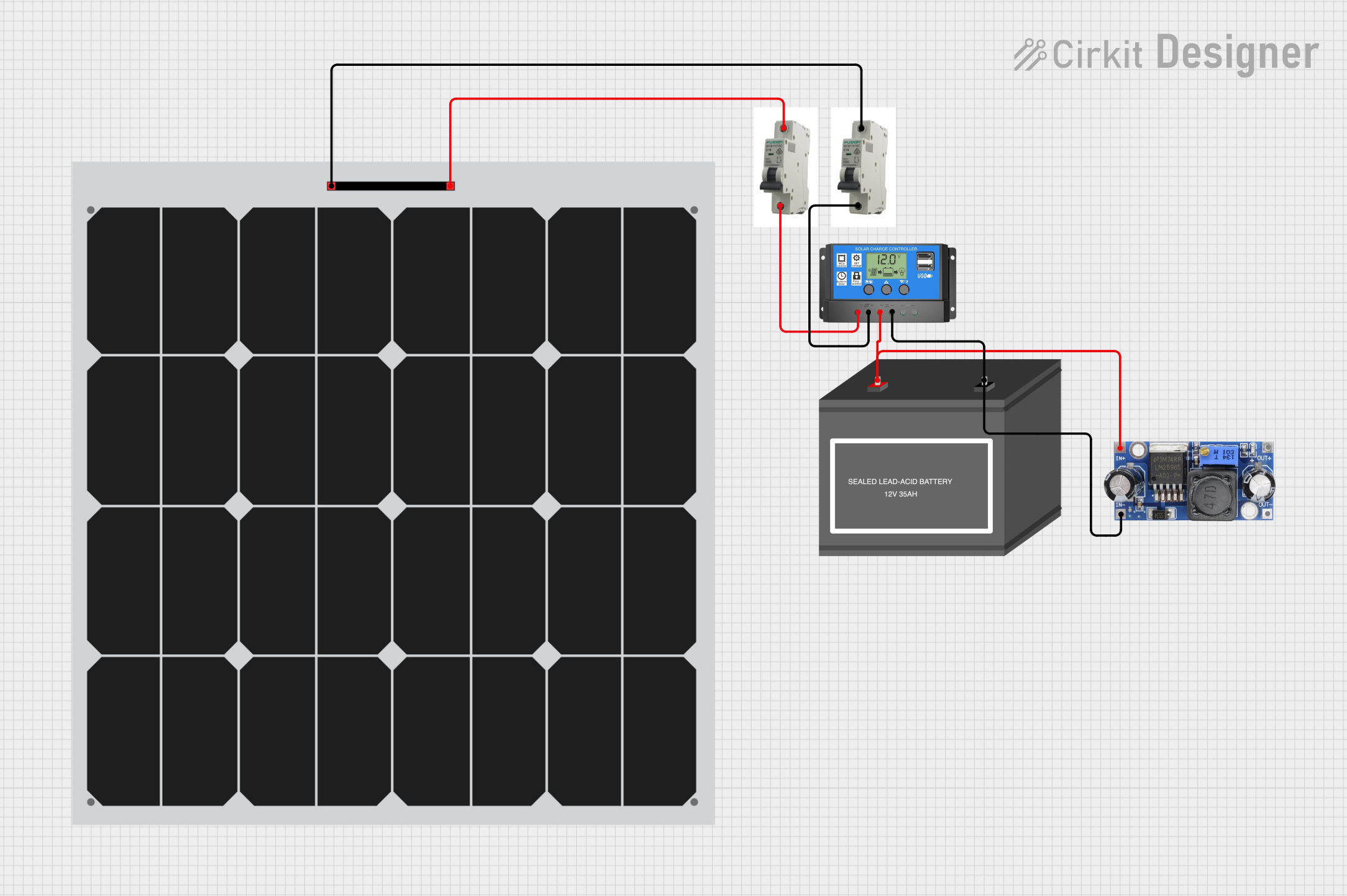
 Open Project in Cirkit Designer
Open Project in Cirkit Designer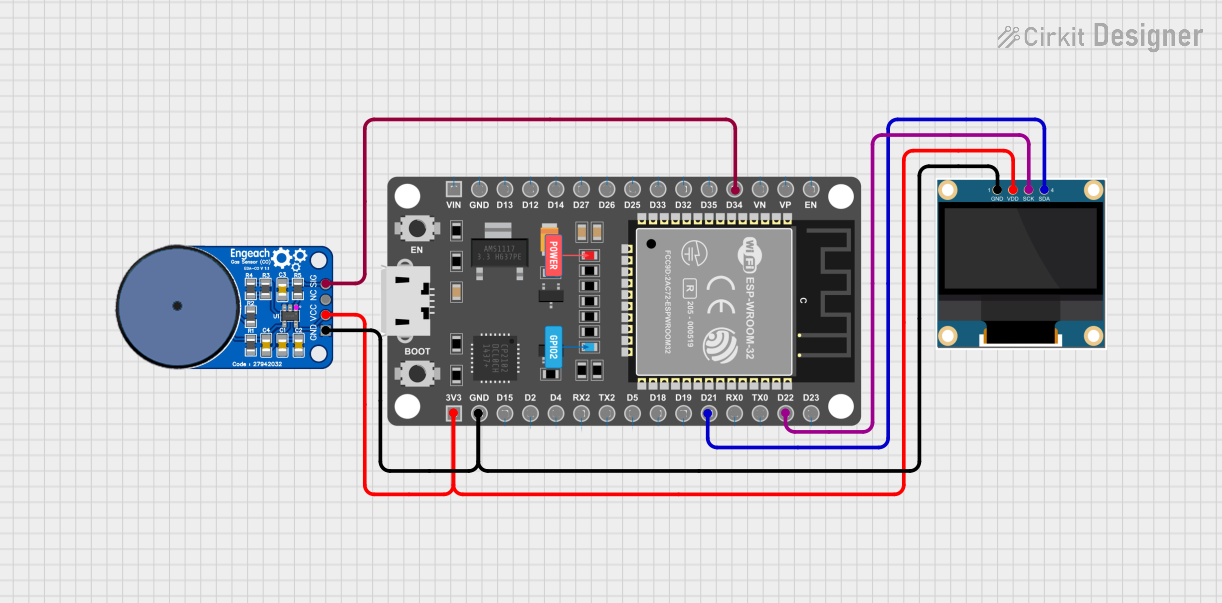
 Open Project in Cirkit Designer
Open Project in Cirkit Designer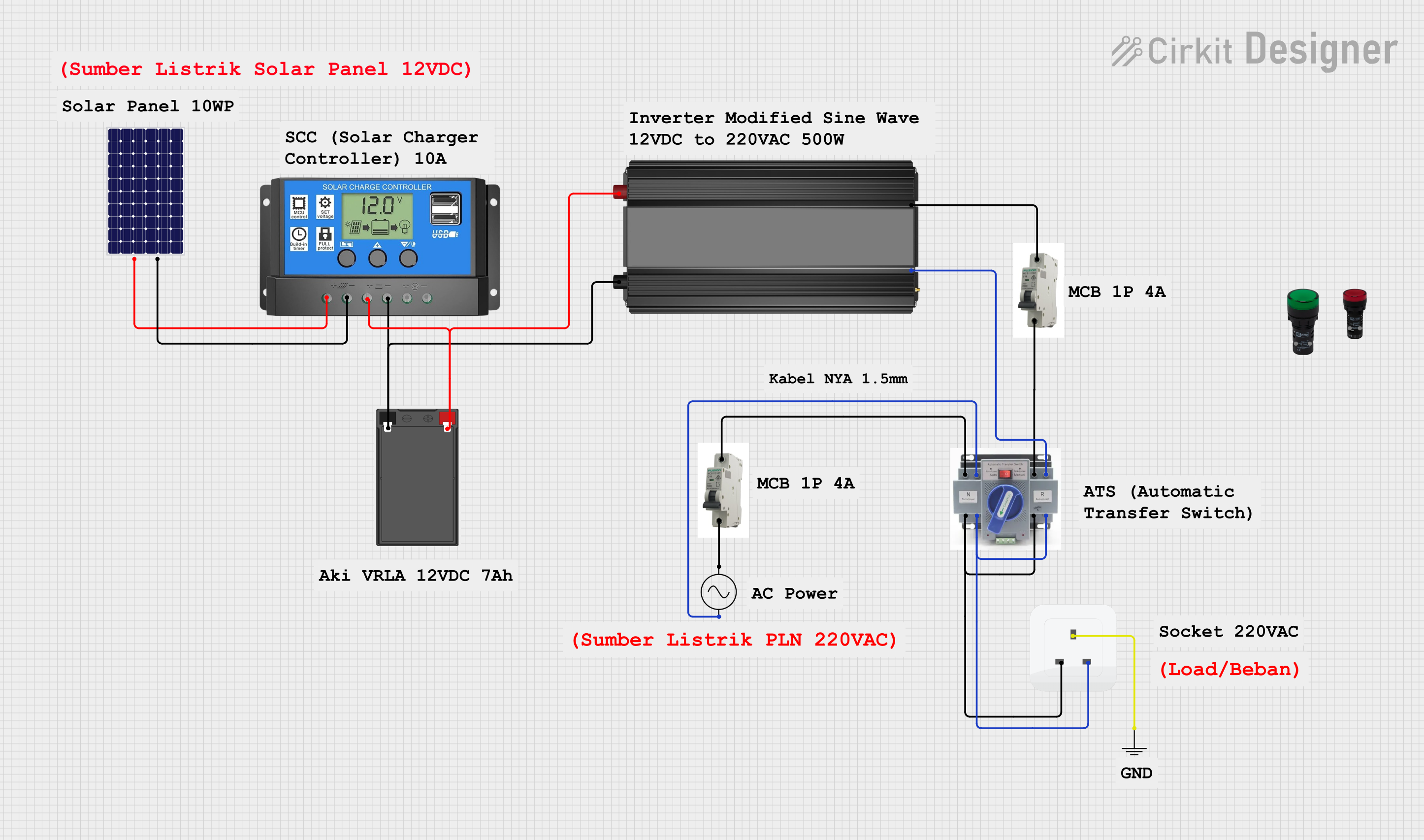
 Open Project in Cirkit Designer
Open Project in Cirkit DesignerExplore Projects Built with COB panel

 Open Project in Cirkit Designer
Open Project in Cirkit Designer
 Open Project in Cirkit Designer
Open Project in Cirkit Designer
 Open Project in Cirkit Designer
Open Project in Cirkit Designer
 Open Project in Cirkit Designer
Open Project in Cirkit DesignerCommon Applications and Use Cases
- General lighting (e.g., residential, commercial, and industrial lighting)
- Display backlighting
- Automotive lighting
- Photography and video lighting
- Flashlights and portable lighting devices
Technical Specifications
Below are the key technical details for a typical COB panel. Please refer to the specific datasheet for your model for exact values.
| Parameter | Value |
|---|---|
| Input Voltage | 12V DC or 24V DC (varies by model) |
| Power Consumption | 10W to 100W (depending on size) |
| Luminous Efficiency | 100-120 lm/W |
| Color Temperature | 2700K (warm white) to 6500K (cool white) |
| CRI (Color Rendering Index) | ≥80 |
| Operating Temperature | -20°C to 60°C |
| Lifespan | ≥30,000 hours |
Pin Configuration and Descriptions
COB panels typically have two main terminals for power input. Below is a general description:
| Pin | Label | Description |
|---|---|---|
| 1 | V+ | Positive terminal for DC input |
| 2 | V- | Negative terminal for DC input |
Note: Some COB panels may include additional pins for dimming or control. Refer to the specific datasheet for details.
Usage Instructions
How to Use the COB Panel in a Circuit
- Power Supply Selection: Ensure the power supply matches the voltage and current requirements of the COB panel. For example, a 12V DC COB panel requires a 12V DC power source.
- Heat Dissipation: Mount the COB panel onto a heat sink to prevent overheating. Use thermal paste or adhesive for better heat transfer.
- Wiring: Connect the V+ and V- terminals of the COB panel to the corresponding positive and negative terminals of the power supply.
- Optional Dimming: If the COB panel supports dimming, connect the dimming control pins to a compatible dimmer circuit or microcontroller.
Important Considerations and Best Practices
- Current Limiting: Use a constant current driver to prevent overdriving the LEDs, which can reduce their lifespan.
- Polarity: Double-check the polarity of the connections. Reversing the polarity can damage the COB panel.
- Ventilation: Ensure proper ventilation around the heat sink to maintain optimal operating temperatures.
- Avoid Direct Contact: Do not touch the LED surface directly, as oils from your skin can damage the LEDs.
Example: Connecting a COB Panel to an Arduino UNO
If your COB panel supports PWM dimming, you can control its brightness using an Arduino UNO. Below is an example code snippet:
// Example: PWM dimming control for a COB panel using Arduino UNO
// Connect the COB panel's dimming pin to Arduino pin 9 (PWM capable)
const int pwmPin = 9; // PWM pin connected to the COB panel dimming input
void setup() {
pinMode(pwmPin, OUTPUT); // Set the pin as an output
}
void loop() {
// Gradually increase brightness
for (int brightness = 0; brightness <= 255; brightness++) {
analogWrite(pwmPin, brightness); // Write PWM signal to dimming pin
delay(10); // Small delay for smooth transition
}
// Gradually decrease brightness
for (int brightness = 255; brightness >= 0; brightness--) {
analogWrite(pwmPin, brightness); // Write PWM signal to dimming pin
delay(10); // Small delay for smooth transition
}
}
Note: Ensure the COB panel's dimming input is compatible with the Arduino's PWM signal (5V logic level). Use a transistor or MOSFET if higher current is required.
Troubleshooting and FAQs
Common Issues and Solutions
COB Panel Does Not Light Up
- Cause: Incorrect wiring or insufficient power supply.
- Solution: Verify the wiring and ensure the power supply meets the voltage and current requirements.
Flickering Light Output
- Cause: Unstable power supply or incompatible dimming signal.
- Solution: Use a stable constant current driver and ensure the dimming signal is within the specified range.
Overheating
- Cause: Inadequate heat dissipation.
- Solution: Attach the COB panel to a properly sized heat sink and ensure good ventilation.
Reduced Brightness Over Time
- Cause: Overdriving the LEDs or poor heat management.
- Solution: Use a constant current driver and ensure proper heat dissipation.
FAQs
Q: Can I power a COB panel directly from a battery?
A: Yes, as long as the battery voltage matches the COB panel's input voltage. Use a constant current driver for better performance and safety.
Q: How do I choose the right heat sink for my COB panel?
A: Select a heat sink with a thermal resistance low enough to keep the panel's operating temperature within the specified range. Larger panels typically require larger heat sinks.
Q: Can I use a COB panel outdoors?
A: Only if the COB panel is rated for outdoor use or enclosed in a weatherproof housing.
Q: What is the difference between COB and SMD LEDs?
A: COB LEDs have multiple chips mounted on a single substrate, providing uniform light output and better heat dissipation. SMD LEDs are individual chips mounted on a PCB, offering more flexibility in design but less uniformity in light output.